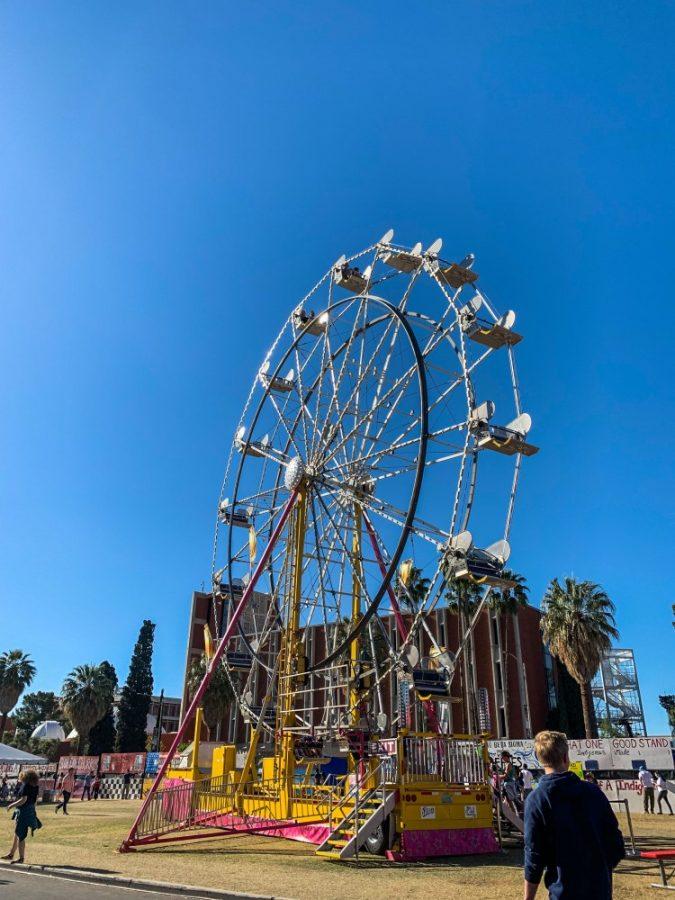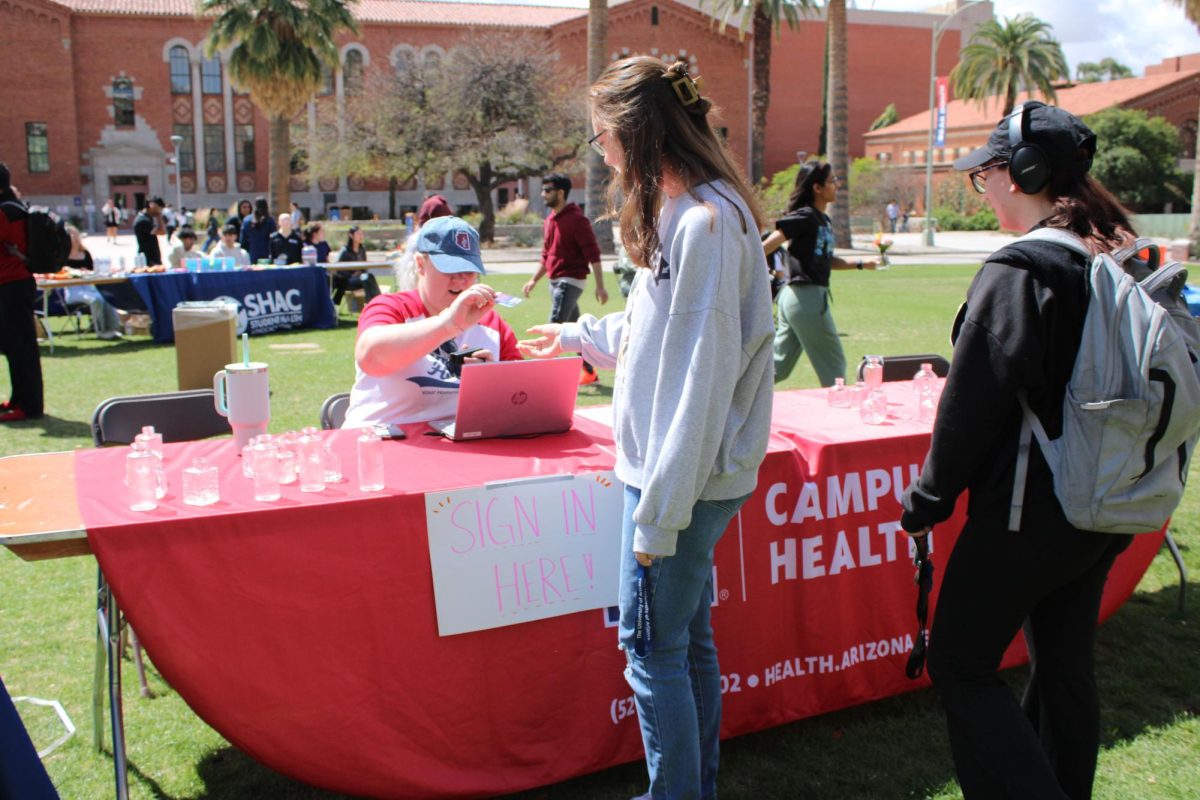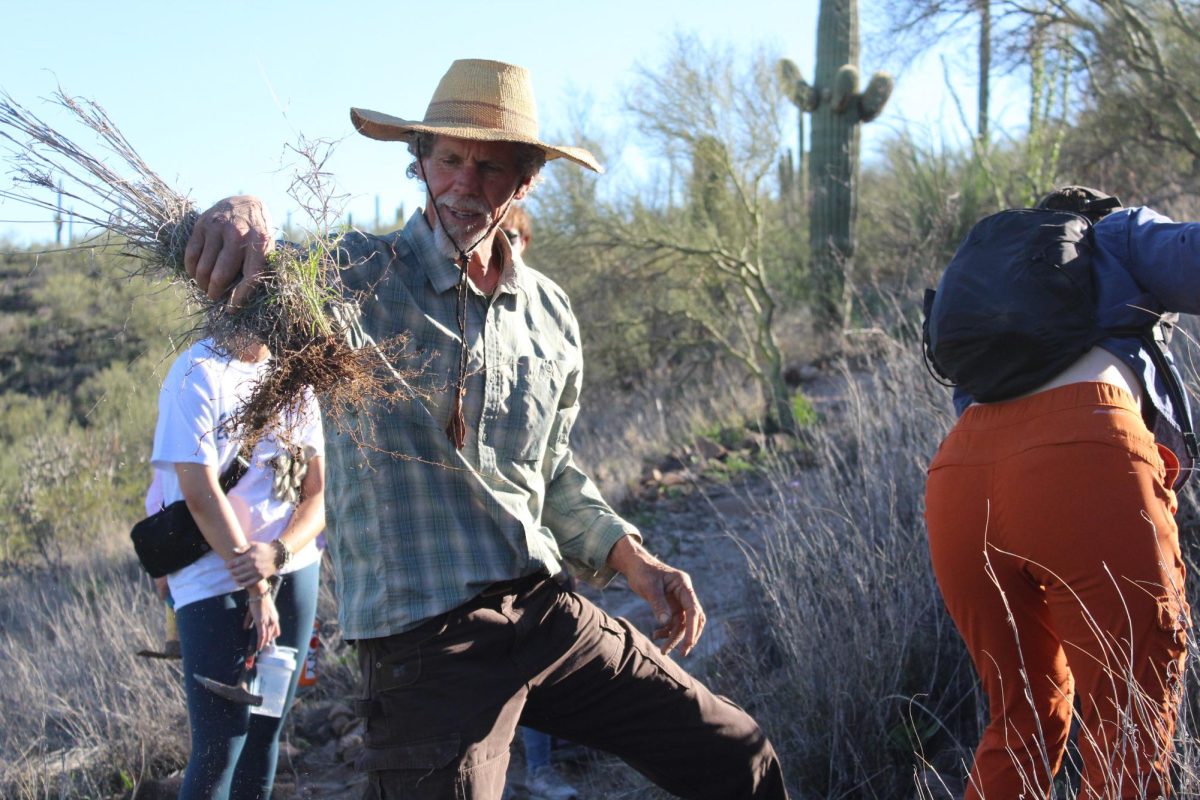LOS ANGELES — Levels of some cancer-causing oil compounds rose significantly in the waters off the Louisiana coast during the BP spill in the Gulf of Mexico, according to Oregon State University researchers.
“”It’s an incredibly huge jump in concentration in a natural environment,”” said Kim Anderson, an OSU environmental toxicology professor, who found a 40-fold increase in polycyclic aromatic hydrocarbons, or PAHs, from May to June.
Anderson is still analyzing the results and was not prepared to say what, if any, threat the elevated levels posed to the Gulf environment. “”It’s a huge increase that folks that deal with the more biologic side of it will have to address.””
Anderson and her research team started testing for the contaminants a few weeks after the April 20 well blowout, taking water samples at four near-shore locations along the Gulf Coast. Results from early August, after the BP well was capped and stopped leaking, continued to show elevated levels in the water.
The amount of such hydrocarbons in crude oil varies, as does the toxicity of the compounds, which constitute a large class of chemicals. Some are carcinogenic, some are not, and some are not toxic, Anderson said. Her Gulf samples included all three types.
Her team is using a sampling technique that involves suspension of a long, thin strip in the water for three to four weeks. The device mimics an organism and measures biologically available concentrations of PAHs that can be absorbed by marine life and make their way into the food chain.
Lisa Faust, communications director for the Louisiana Department of Health and Hospitals, said her agency did not have enough information on the Oregon research to comment. But she added that state testing of seafood harvest areas had not detected harmful levels of the pollutant.
“”In all our samples of water we tested, at the most there were trace levels of PAHs — and nothing at the level that poses risks to human health,”” Faust said.
The National Oceanic and Atmospheric Administration continues to reopen federal waters in the Gulf to commercial fishing. Last week Rear Adm. Paul Zukunft, who is taking over management of the federal spill response, said the government’s extensive testing of Gulf seafood has had “”no detects whatsoever of any”” PAHs.
In an e-mail, a spokeswoman for the federal Environmental Protection Agency said the agency has “”analyzed over 1,600 water and sediment samples alone”” as part of its response to the BP spill “”and found very few samples with chemicals at levels above concerns to aquatic life and no samples with chemicals at levels of concern to human health.””








